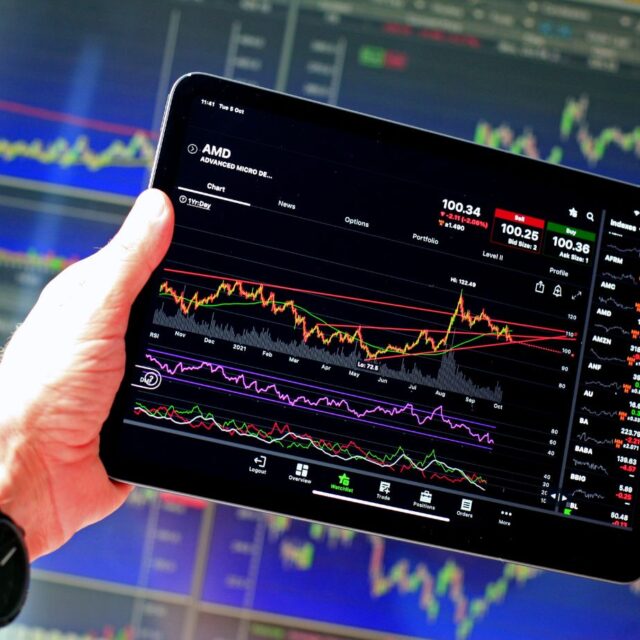
Contango and backwardation are two terms that you will often hear when trading commodities. In this blog post, we will explore the meaning of these terms and discuss the difference between them. We will also look at how each term affects prices in the commodity market. Finally, we will give you a few examples to help illustrate these concepts. So, let’s get started!
What is backwardation and contango
Backwardation and contango are terms used to describe the relationship between futures prices and the spot price of the underlying asset. In general, when the futures price is lower than the spot price, it is said to be in backwardation. When the futures price is higher than the spot price, it is said to be in contango.
Backwardation typically occurs when there is an expectation that the price of the underlying asset will increase in the future. Contango typically occurs when there is an expectation that the price of the underlying asset will decrease in the future.
Backwardation and contango are important concepts for investors to understand because they can impact the return on investment for a variety of strategies. For example, if a investor believes that a stock is going to increase in value, they may buy the stock and simultaneously sell a call option with a strike price below the current stock price. This strategy is only profitable if the stock price increases as expected AND if there is enough backwardation such that the call option expires worthless. If there is not enough backwardation, then the investor may still make money on the stock appreciation, but they will lose money on the call option due to time decay. As such, it is important for investors to have a good understanding of both backwardation and contango before implementing any investment strategy.
The effects of backwardation and contango on the market
These structures can influence the market in different ways. For example, backwardation can encourage storage of the commodity as investors seek to profit from the difference in prices, while contango may discourage storage as investors are effectively paying a premium to do so.
Additionally, the two structures can also affect the profitability of different types of trading strategies. For example, a contrarian strategy may be more successful during periods of backwardation, while a momentum-based approach may be more successful during periods of contango. As such, it is important to be aware of both phenomena and how they may be impacting the markets.
How to trade in a backwardated or contangoed market
The most important factor to consider when trading in a backwardated market is the cost of carry. The cost of carry is the expense associated with holding a position for a certain period of time. In a backwardated market, the cost of carry is negative, which means that it costs less to hold a position for a longer period of time. As a result, traders should sell contracts in the distant delivery months and buy contracts in the nearer delivery months. This strategy will take advantage of the lower prices in the distant months while still benefitting from any price increases that may occur in the near future.
Of course, this strategy is not without risk. If prices begin to move higher earlier than expected, traders may find themselves incurring losses. As such, it is important to carefully monitor the market and always have a plan for exit if necessary. Trading in a backwardated market can be profitable if done correctly, but it requires careful planning and analysis to be successful.


































